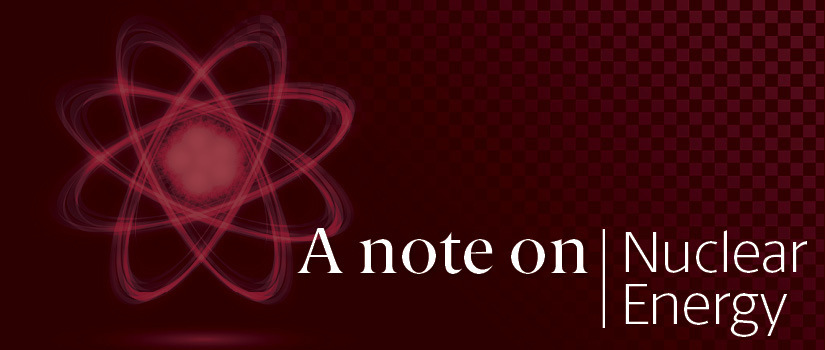The recent weather in Texas only reinforced what we all know to be true — our world’s climate is changing. And it is on all of us to respond.
As we collectively discuss the path to a clean-energy future, it’s agreed upon that wind and solar power, and battery storage will be integral components. However, I can’t help but notice how rarely nuclear energy is considered. Due to safety and spent-fuel concerns, and our country’s stigmatized past with the technology, nuclear energy has been pushed to the fringe of these clean energy discussions. But all these clean energy alternatives come with downsides — for instance, solar cells don’t just appear and disappear into thin air after exhausting their admittedly short lives — and with the rapid advance of nuclear technology these last 30 years, I believe that now is the time to begin re-considering nuclear energy as the clean energy alternative that it is.
Here at the University of South Carolina College of Engineering and Computing, we are working to develop an end-to-end nuclear vision that will quell safety and waste concerns and provide a needed component to the world’s clean energy solution. And our recent partnership with the Savannah River National Laboratory will certainly figure into our efforts to jumpstart this new rise of nuclear energy.
At our college, we have developed a diverse research portfolio capable of delivering a clean, safe, and efficient nuclear energy solution. In our electrical engineering department, we have several faculty members in the area of developing very sensitive sensors for detection of nuclear radiation. Our civil engineering department has partnered with Savannah River to develop concrete and reinforcement materials that will allow for the safe storing of nuclear materials. And our mechanical engineering department has partnered with the Department of Energy to develop structural health monitoring techniques that will ensure the safety of nuclear containers.
On top of this framework, our nuclear engineering program is shaping the future of nuclear energy. Professor Ted Besmann is advancing the development of molten salt reactors, while the director of our nuclear engineering program, Travis Knight, is researching how to best manage used commercial fuel. The students from our program are being prepared to lead the field forward — receiving prestigious national grants for their research, being hired at the country’s leading nuclear engineering laboratories and leading the Army’s efforts to create mobile micro nuclear power plants.
For years, conversations surrounding nuclear energy have been silenced by anecdotal fear of cataclysmic disasters. But now, these fears are dated. Our faculty and others are helping solve the “waste” issue, and every day, questions of nuclear safety become less and less: we have walk-away safe fuels and designs with much lighter shielding requirements than before. As I look at the work of our faculty, and the high-quality students we are preparing to enter this industry, I know that the field of nuclear energy is ready to help combat the growing climate crisis. We will do our share to ensure our country is ready to embrace it.
Sincerely,
Hossein Haj-Hariri
Dean of the UofSC College of Engineering and Computing
Our Nuclear Engineering Highlights:
-
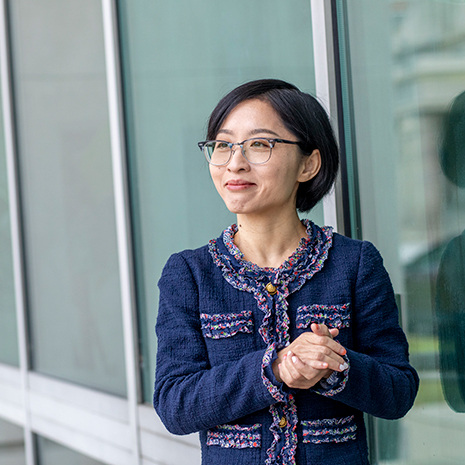
CEC professor Lucy Yu leads effort to enhance safety of nuclear fuel storage
-
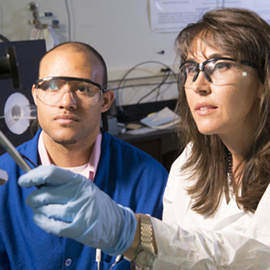
UofSC to help lead Savannah River National Laboratory research innovation and workforce development
-
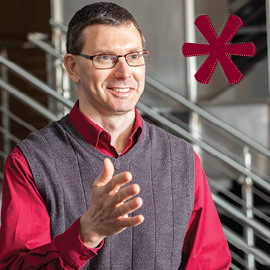
Nuclear engineering professor puts UofSC program on the map
-
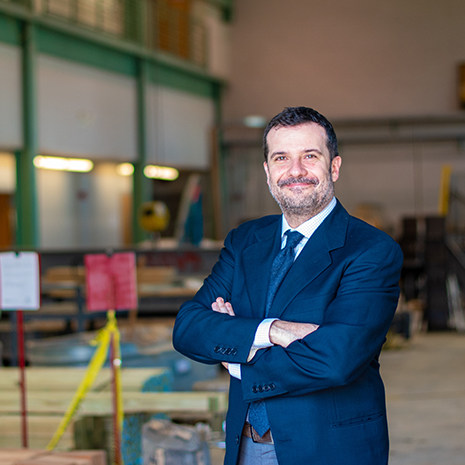
Concrete nanoreinforcement research to improve durability, reduce maintenance of infrastructure
-
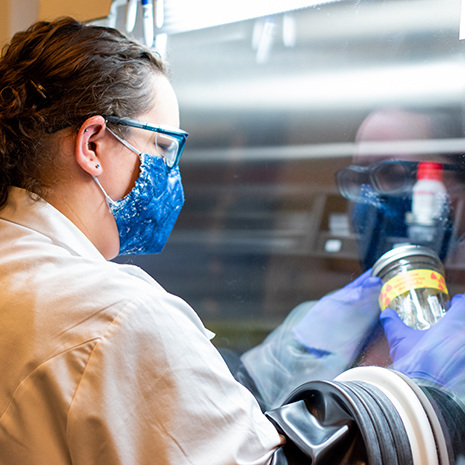
Besmann’s work with thermodynamics to aid development of molten salt nuclear reactors
-
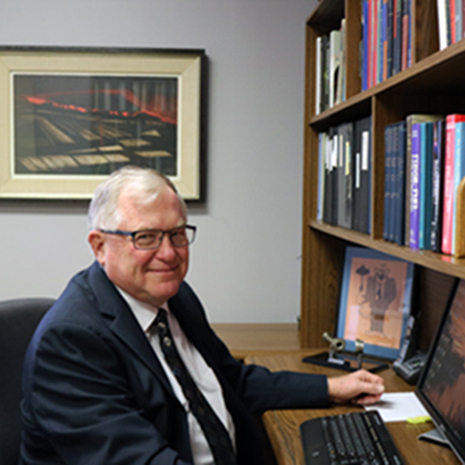
Dryer receives engineering's highest professional distinction
-
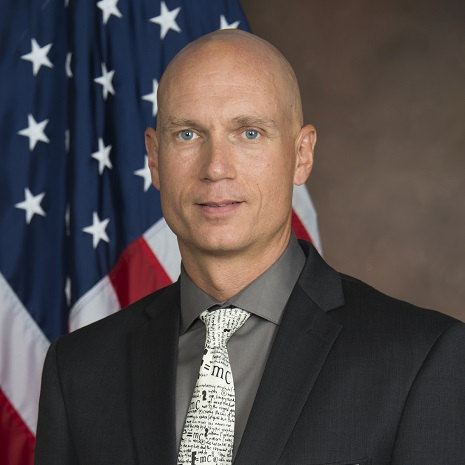
Alumni Spotlight: How Kenneth Allen hopes to save lives through clean energy
-

Ulrich becomes first Black woman to receive nuclear engineering doctorate at UofSC
-
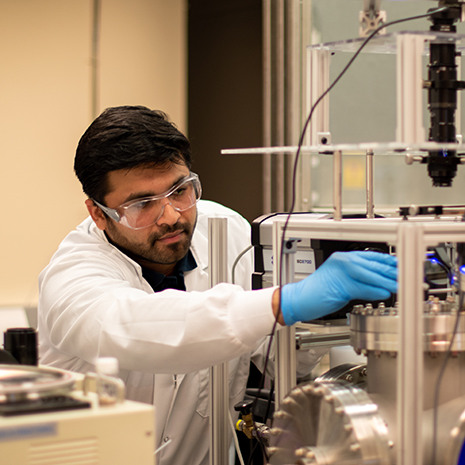
CEC graduate student Sobhan Patnaik receives national scholarship for nuclear research
